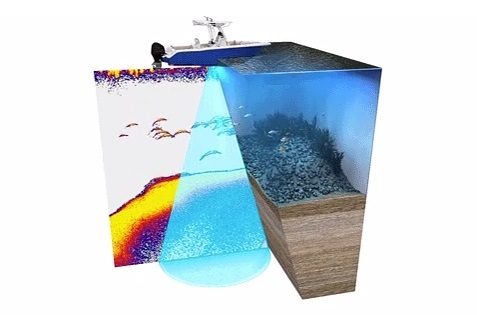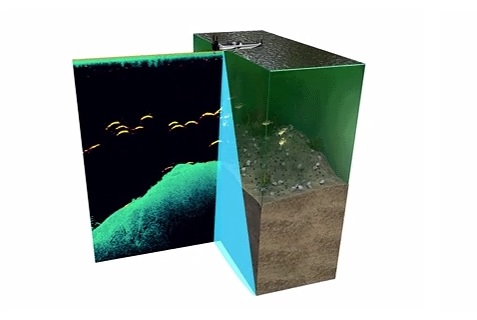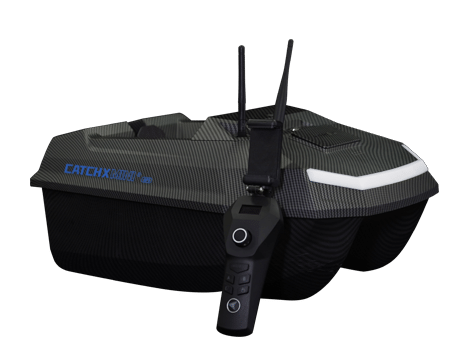Everything you Want to Know about Electronic Fish Finder is Here
Fishing, whether it's on ice, freshwater, or the open sea, has become an immensely popular activity. In this dynamic world of angling, the electronic fish finder emerges as a crucial tool, providing substantial assistance across various fishing scenarios. Let's delve into the intricacies of how these devices work and why they are indispensable for anglers seeking a comprehensive fishing experience.
Understanding the Electronic Fish Finder
A fish finder, also known as a sonar tool, is designed to help locate fish underwater. The term "sonar" stands for sound navigation and ranging. Depending on the model chosen, a electronic fish finder may come equipped with GPS, marine radar, and a compass to aid in navigation on boats or kayaks. These devices use sound to locate underwater objects, operating by emitting sound pulses and waiting for the echoes. The frequencies used range from very low (infrasound) to very high (ultrasound), mirroring the echolocation technique employed by bats during aerial hunting.
Working Mechanism of the Electronic Fish Finder
The fish finder comprises two main components: the transducer and the main processor with a display.
Transducer: This component contains a pressure crystal that vibrates at specific frequencies, generating sonar pulses when immersed in water. These pulses, upon encountering objects, are reflected back to the transducer. The transducer receives the signals and passes them to the main unit for interpretation. By analyzing the strength of the returning signals and the time taken for them to travel through the water, the fish finder calculates the shape and position of the objects reflecting the sonar pulses.
Main Processor and Display: The main processor, essentially a small computer, processes the information received from the transducer and converts it into digital signals displayed on the screen.
Exploring Sonar Technologies of the Electronic Fish Finder
Fish finders utilize three main types of sonar technologies:
2D Sonar:

2D sonar sends ultrasonic waves directly beneath the boat, similar to how bats use echolocation.
As the boat moves forward, the returned echo data is integrated to create a 2D image, revealing underwater depth, baitfish schools, and seabed topography.
Down Imaging Sonar:

Similar to 2D sonar but with the added capability of providing three-dimensional information within a small range.
Enables visualization of underwater elements such as rocks and vegetation with more specific details.
Side Imaging Sonar:

Unlike traditional sonar, side imaging sonar does not focus directly beneath the boat.
It emits ultrasonic waves vertically, which, upon hitting the seabed, scan horizontally to the left and right.
Offers a comprehensive view of the underwater environment, revealing structures on both sides of the boat.
Each sonar technology has its strengths and limitations. To maximize information, modern fish finders often incorporate all three types. Learning how to use each type independently allows anglers to switch between them seamlessly, extracting the maximum amount of information from their fishing environment.
In conclusion, the electronic fish finder stands as an indispensable tool for anglers, revolutionizing the way they approach fishing. With a profound understanding of the device's workings and the diverse sonar technologies at play, anglers can elevate their fishing experience to new heights, navigating the underwater world with precision and insight. As technology continues to evolve, so does the potential for anglers to discover and connect with the rich aquatic environments they explore.























